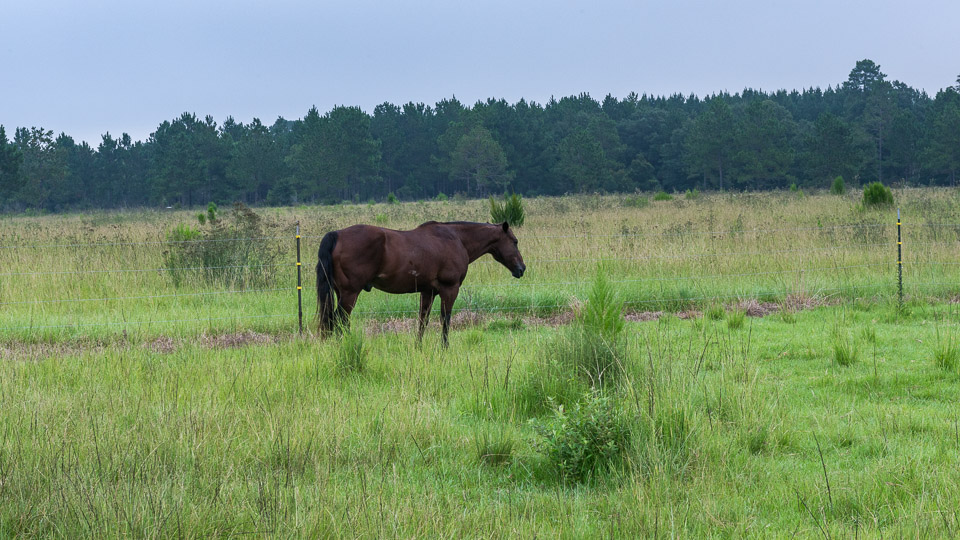
Horse Farm Pastures – Types
Pastures are often an afterthought to horse owners. If it’s green then fence it and put the horses on it. But it’s not that simple because of several factors. These include the ability to nourish the horses correctly, the ability to grow where you live, the maintenance requirements of the pasture and the ability to stand up to the traffic and the grazing.
**CONTINUED IN ARTICLE TAB**
Related material – Sometimes I have a lot of material here that I have written, podcasted, video blogs and other things. They will be listed in this tab.
Use the browser back button or menu to return to the index of topics.
⬇︎ CLICK ANY IMAGE BELOW TO REVEAL MORE INFORMATION ⬇︎
Pastures are often an afterthought to horse owners. If it’s green then fence it and put the horses on it. But it’s not that simple because of several factors. These include the ability to nourish the horses correctly, the ability to grow where you live, the maintenance requirements of the pasture and the ability to stand up to the traffic and the grazing.
One of the most common mistakes I see on just about every farm (including mine) is the seeding of the pasture with just one type of grass. Sometimes there is a mix of plants that offer a variety of grasses or a mix of grasses and legumes. Here are the two reasons why this is detrimental to horses.
The first reason is if the seeds used to plant the pasture are of a genetically modified species that provide more starch throughout the year, the horses will have too much starch (glucose) in the winter. This negates the natural ebb and flow the horse needs to prevent creation of glucose from their own protein (gluconeogenesis – see the nutrition section).
The second reason is that proteins are made of a variety of amino acids (see the nutrition section) and not all ground plants have all the needed essential amino acids for the horse to maintain health. In other words, a mono-grass pasture is probably deficient in a few of the essential amino acids – the ones they can’t make. This causes an amino acid deficiency that can be seen as a poor hair coat, a hay belly, poor top line, unsoundness and illness.
Other thoughts about the type of pasture should include the origin of the horses. Just because they are eating the green grass doesn’t mean they are OK with it. In the jet age, where we can eat here today and be on the other side of the planet tomorrow, we often get intestinal distress because the microbes living inside of us are shocked. I have often asked how do you feed an Arabian, a Mongolian and a Fjord horse all living in Biloxi Mississippi? What are the long term effects on the horse eating a diet so different from the genetics in their gut?
What if the horse needs a special grass in the pasture – imported from the Middle East but you live in Michigan where winter will destroy it? What if your horse is used to Michigan pasture but then moves to the sub-tropics (south Florida) where the grass is very different? These need to be considered and time taken for adjustments.
Finally remember that a pasture is a living and breathing thing. It requires understanding the needs of growth and nutrition to maintain it correctly. The leading cause of pasture death is simple misunderstanding of pasture care, overgrazing or both.
Any videos related to this topic will be added here. Stay tuned or comment a request.
- Additional tables
- Links to other in house articles
- Links to outside articles
- Reference material used in developing this topic.
There are no related articles here if you don’t see linked items.


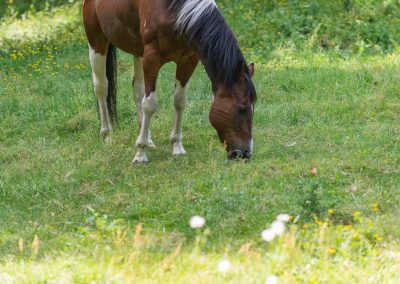
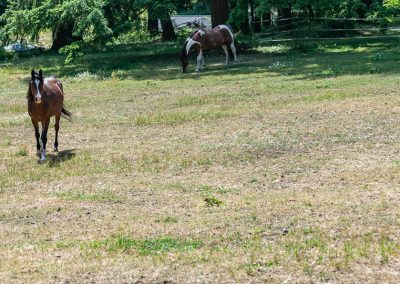
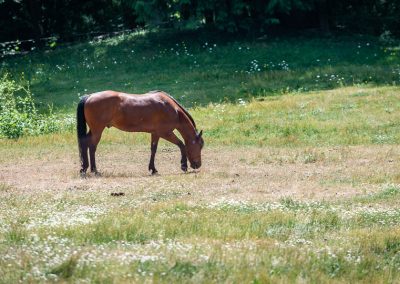
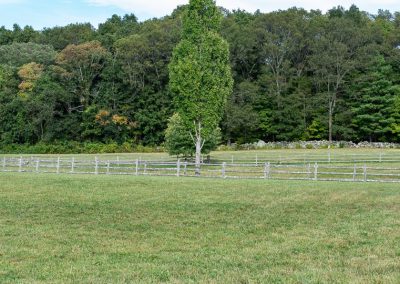
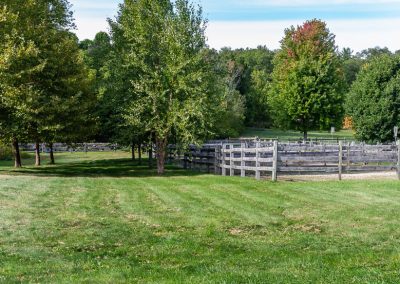
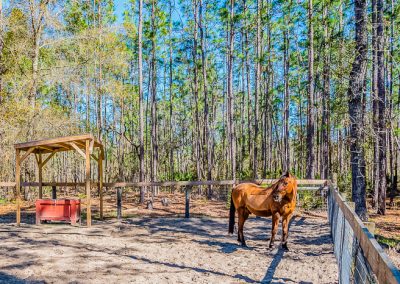
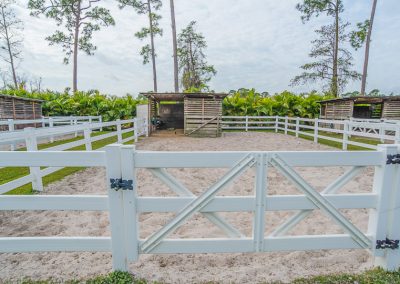
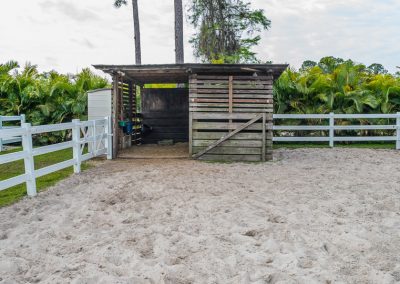
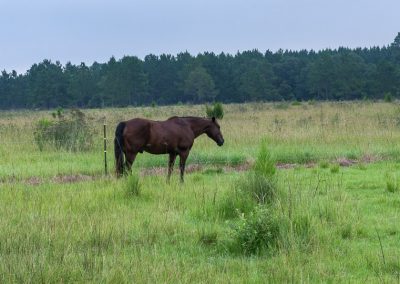
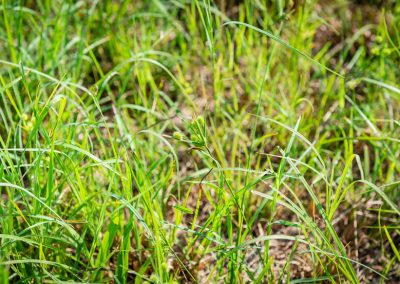
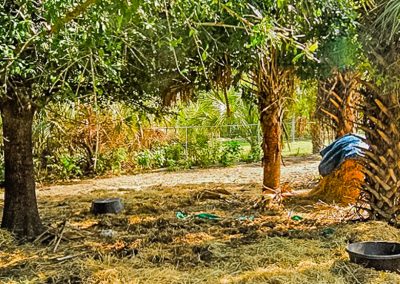
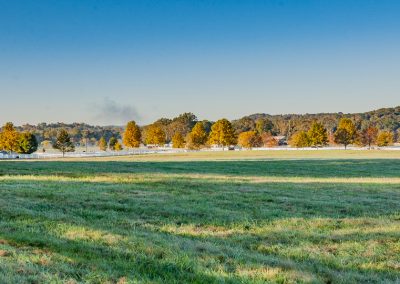

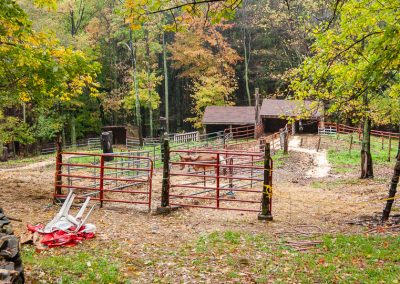
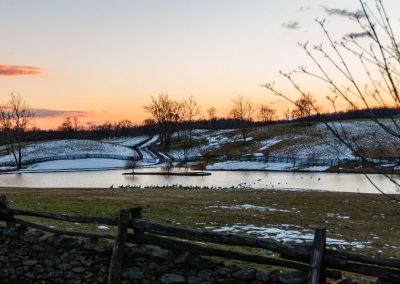
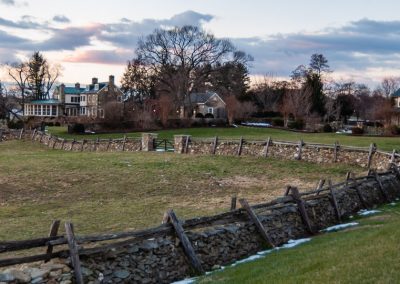
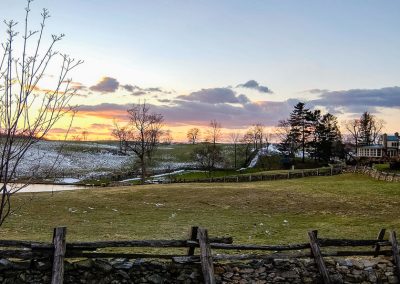
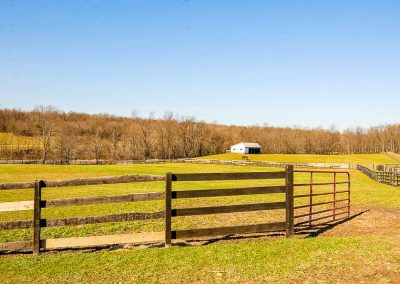
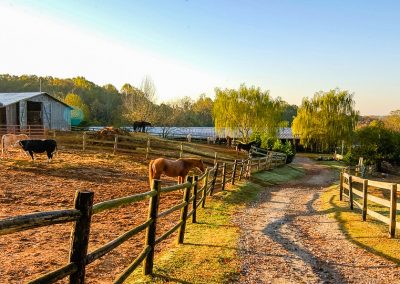
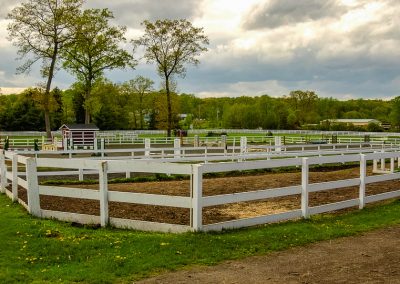
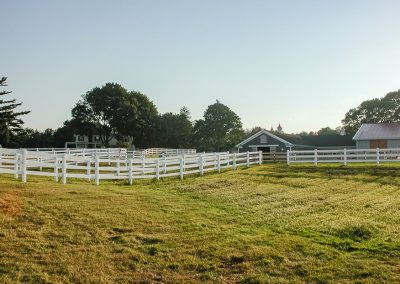
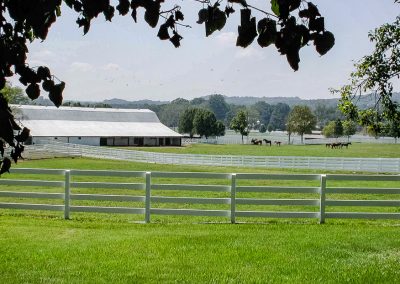
Responses